Restoration Modules for Cambridge
-
CEDAR Declickle 3 Software Module for Cambridge
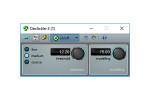
CEDAR Declickle 3 replaces and greatly improves upon the Declickle algorithm supplied on systems up to CEDAR Cambridge v11. It offers improved detection and removal of clicks and crackle in the presence of musical transients, removing the unwanted sounds in a more transparent fashion than ever before. It looks identical with previous versions so there [more]
-
CEDAR Unwrap Software Module for Cambridge
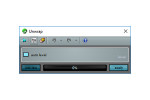
CEDAR Unwrap is a unique new process that eliminates this problem and which can rescue previously unusable audio, completely eliminating the distortion to reveal pristine, clear sound. It generates results that seem impossible until you hear it in action. Wrapping is an unusual form of clipping distortion where, instead of being flattened at the maximum [more]
-
CEDAR Auto Dehiss Software Module for Cambridge
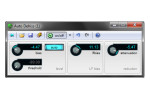
Auto Dehiss embodies a more advanced algorithm than any previous dehisser. It offers significantly improved performance and has a unique “Auto” mode that enables the software to determine the broadband noise content, removing this without the introduction of unwanted side-effects or artefacts. The module can also be used in manual mode that allows you to [more]
-
CEDAR Advanced Noise Removal Software Module for Cambridge
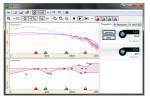
Building upon the latest noise reduction algorithm developed for the rackmount CEDAR Duo™ DDH Auto Dehisser and the Auto Dehiss process already available on CEDAR Cambridge, NR-5 marries our best signal processing with numerous facilities that help you to achieve the best possible results. It will work equally well with or without a noise fingerprint, [more]
-
CEDAR Dynamics Software Module for Cambridge
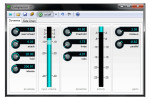
The 64-bit Dynamics Processor contains three powerful but precise modules: a compressor, an upward expander and a downward expander. Each of these modules offers eight audio channels, and you can use any combination of the processes simultaneously.Designed to the very highest audio standards, all three modules offer precise envelopes with postive and negative read-ahead, so [more]
-
CEDAR Retouch Software Module for Cambridge
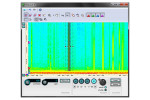
CEDAR Retouch 4 is a huge leap forward in sound processing technology. Unlike conventional restoration tools, it provides a wide range of time/frequency editing (TFEâ„¢) capabilities, and allows you to define the temporal and spectral content of the sound you want to remove. Furthermore, you are not limited to simple ‘rectangular’ definitions of complex sounds: [more]
-
CEDAR Adaptive Limiter Software Module for Cambridge
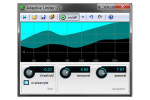
Unlike a traditional limiter or a multi-band device, CEDAR’s adaptive limiter employs a unique new algorithm developed by CEDAR. With peak and oversampling modes, it calculates a continuingly varying EQ profile that constrains the amplitude of the output while retaining the integrity of the input. The result is a signal that sounds louder while remaining [more]
-
CEDAR Respeed Software Module for Cambridge
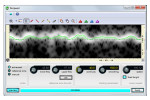
Respeed automatically identifies – or allows the user interactively to identify – unwanted speed changes contained within the presented audio. Once these have been determined the track may be processed many times faster than real-time. The result is greater pitch stability and, when used on speech signals, improved intelligibility. However, musical pitch variations such as [more]
-
CEDAR Adaptive Filters Software Module for Cambridge
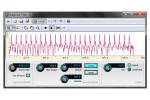
Designed to remove noise from monophonic signals, this offers filter lengths of up to 100,000 taps (although processing constraints may limit the number actually achievable) with user control of the length up to one second. There are user controlled Attack and Release constants, and the filter coefficients are displayed graphically to help the user determine [more]
-
CEDAR Reshape Software Module for Cambridge
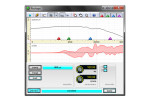
Reshape identifies the tonal and spatial characteristics of a template track (or tracks) and is able to impose these upon the audio that you are processing. The combined effect allows you to create tracks with desired EQ characteristics and a pleasing soundstage even if you have little or no experience of mastering audio. It does [more]
-
CEDAR Phase Correction Software Module for Cambridge
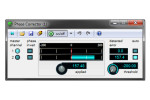
The Phase Corrector identifies any monophonic component(s) common to a reference channel and the channel(s) being corrected, and then measuring the timing differences between them. If any such errors are detected, the system recreates the signals so that they are accurately aligned. It will track any changes in the error, dynamically updating the amount of [more]
-
CEDAR Manual Declick Software Module for Cambridge
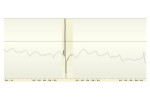
Manual Declick is ideal for restoring audio that suffers from problems for which Declickle 2 is not ideal. It allows users to specify the audio that constitutes the unwanted noise, and the algorithm – optimised for long clicks and scratches – will remove noises such as those found on optical soundtracks, as well as drop-outs [more]
-
CEDAR Limiter Software Module for Cambridge
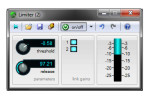
The CEDAR Cambridge v12 Limiter is designed and coded to the highest 64-bit standards and is suitable for the most exacting mastering requirements. The Limiter is far more than simply a severe form of compressor with a very high ratio; it utilises a different signal path to achieve the desired results without unwanted side-effects. When [more]
-
CEDAR EQ-P Precision EQ Software Module for Cambridge
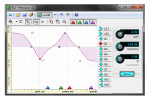
This form of EQ is particularly suitable for precision removal of constant tones and for brick-wall filtering, and is as much at home in the audio forensic laboratory as it is in the mastering studio or post-production suite. It provides high Qs across the spectrum, is totally free of pre-echo, and offers the minimum latency [more]
-
CEDAR EQ-L Linear EQ Software Module for Cambridge
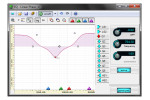
This form of EQ preserves the symmetry of the waveform and the shapes of sharp transients, and is ideal for general tonal shaping of the signal. EQ-L also includes CEDAR’s unique Constant Power Equalisation which allows you to change the tonal balance of the signal without altering its loudness.The CEDAR Cambridge v12 linear phase EQ [more]
-
CEDAR Dynamic Noise Suppressor Software Module for Cambridge
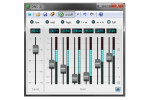
The CEDAR Cambridge v12 DNS module helps remove the rumble, the hiss, the whistles, the broadband noise and the “shot” noise from contaminated sounds. DNS splits the signal into a large number of well-defined bands, and sophisticated digital filters then analyse each of these bands, suppressing the noise independently in each. The innovative design of [more]
-
CEDAR Dethump Software Module for Cambridge
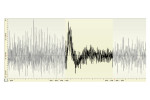
Dethump eliminates the low frequency disturbances that cannot be restored using a declick process. It allows the user to identify the audio that constitutes the thump and uses the data in and around this to build up a picture of what the low frequency audio should have been had the thump not occurred. The process [more]
-
CEDAR Declip Software Module for Cambridge
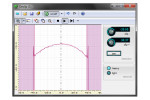
Declip is a genuine declipping algorithm that allows you to identify and remove most instances of clipping in a single real-time pass. It does so by presenting a visual indication of the density of sample values in the signal. If the Signal Analysis window displays ‘hard’ vertical edges, this demonstrates that the signal has been [more]
-
CEDAR Debuzz Software Module for Cambridge
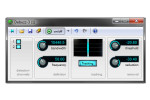
The Debuzz-3 algorithm is our best yet. It provides full-bandwidth processing, removing components across the entire audio spectrum, and it is capable of removing all manner of buzzes and hums with fundamental frequencies as high as 500Hz. Compared with earlier algorithms, it offers improved signal modelling and better component tracking. Having locked on to the [more]
-
CEDAR Compressor Software Module for Cambridge
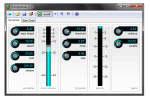
The 64-bit Dynamics Processor contains three powerful but precise modules: a compressor, an upward expander and a downward expander. Each of these modules offers eight audio channels, and you can use any combination of the processes simultaneously. Designed to the very highest audio standards, all three modules offer precise envelopes with postive and negative read-ahead, [more]




